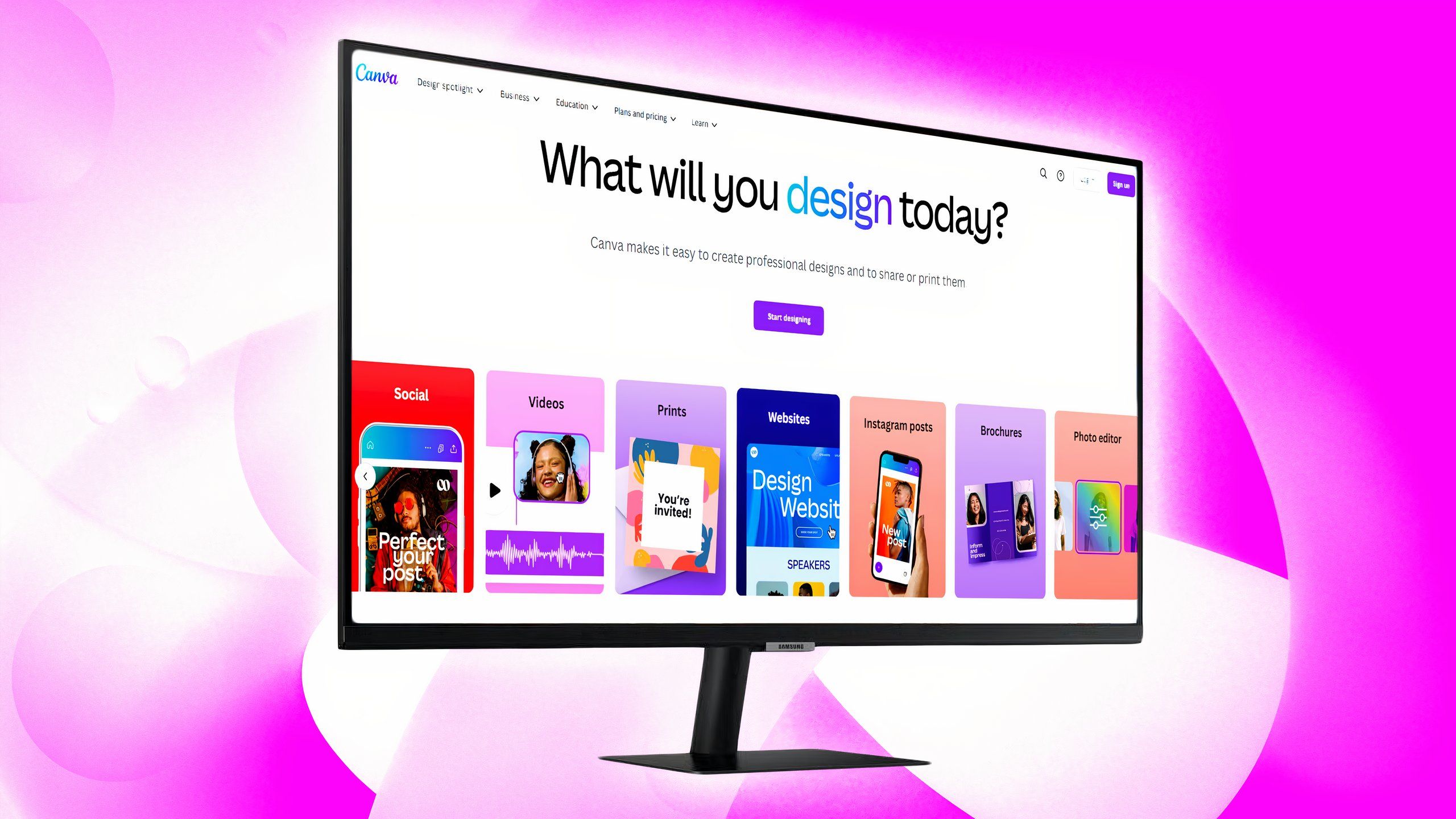What’s next for iPad, twelve years since its first unveiling?
The iPad is something of an awkward pre-teen as it shakes loose its labels.
As I sit at my desk typing words with my Magic Keyboard connected to my 12.9-inch iPad Pro, it’s hard to conceive quite how far the iPad has come in the last twelve years.
When on January 27, 2010, Steve Jobs famously kicked back in an armchair on the stage of the Yerba Buena Center of the Arts in San Francisco to demo the first-gen iPad, it was amazing to see a computer that could be held in the palm of your hands. Though he was only merely flicking through photos, reading The New York Times, and firing off a quick email, the iPad represented a clear shift in the paradigm of computing as he made the case for a device larger than an iPhone yet more portable than a laptop.
Though the twelfth anniversary of anything is rarely a headline maker — read our ten-year Secret Origins of iPad for something more special — it’s as good a time as any to revisit the iPad’s history, assess its present state, and ponder its future.
Hold the internet in your hands
A few years after the iPhone revolutionized smartphones, the pitch for the iPad was relatively simple, with Steve Jobs making the case that there was room for a new category of device in-between the iPhone and the Mac. For a device to sit in this sweet spot it must, according to Jobs, be far better at doing some key tasks like web browsing, email, watching video, and reading books — “otherwise it has no reason for being,” in his words.
With 300,000 iPads sold on its first day of availability and 3 million units sold in just 80 days, this pitch clearly resonated with many and the product’s initial launch was even more successful than that of the original iPhone. That momentum continued with 2011’s iPad 2 selling a million units during its first weekend and Apple was quick to iterate on the device with a third and fourth-gen iPad landing in 2012 as well as a more portable iPad mini.
“The question has arisen lately: is there room for a third category of device in the middle, something that’s between the laptop and the smartphone?” — Steve Jobs
By 2014, though, iPad sales had started to slow. Those that had bought into the product in the first few years were largely satisfied with their devices and did not feel the need to upgrade as often as they might upgrade their iPhone. Despite Apple’s attempts to shift the focus to iPad productivity with the launch of the iWork apps, GarageBand, and iMovie, the iPad was still tied to the iPhone because of iOS, meaning that there were limitations on what apps could do on the iPad’s larger canvas.
In 2015, Apple began moving the iPad in a new direction with the launch of the iPad Pro. With a new professional moniker, larger display, and more powerful internals, Apple was trying to shake loose the reputation of the iPad as a content consumption device and chart a new path. It may not have had a significant impact at first but iPad revenue eventually started rising again in 2019 and continued to do so through 2020 and 2021, with Apple doubling down on the product over the last couple of years.
Unimaginably powerful hardware neutered by software
Only when looking back can you really see how far a product like the iPad has come. In spirit, the device still holds true that Jobsian vision of a third category of device — a device larger than an iPhone but more intimate than a laptop — though the performance of the latest iPad models would leave a lot of computers in their dust.
It’s difficult to imagine how iPad hardware gets better in 2022.
iPad models have gotten thinner, lighter, larger, and infinitely more powerful than the one Jobs relaxed with on stage at Yerba Buena. With desktop-class performance, wide-color displays, HD cameras, stereo speakers, pro-level accessories like the Apple Pencil and Magic Keyboard, and much more, the iPad has certainly come a long way in just over a decade.
With iPads as powerful as we have today, it’s difficult to imagine how it gets much better in 2022, though Apple is reportedly eyeing iPad Air 5 and iPad Pro 2022 upgrades this year. As always, features found in the best iPad models will gradually filter down to the more affordable versions over time.
In my end-of-year look back at the iPad in 2021, I noted that the iPad hardware was once again outpacing the software. The iPad saw some of its most significant hardware upgrades in the history of the device last year, but iPadOS continues to be tied closely to iOS and Apple hasn’t yet shown why it deserves a name of its own. In a way, the iPad is at that pre-teen stage with a developing body and a mind that hasn’t quite caught up yet.
Apple does have to walk a fine line with iPadOS as, for every souped-up iPad Pro user wanting to ditch their laptop, there are dozens more iPad users just wanting an easy way to browse the web, read their email, or watch a movie like Jobs first pitched, but Apple shouldn’t let that stifle innovation.
In my iPadOS 15 review, I wrote that the 2021 update improved foundational experiences without reinventing the wheel. Apple seemingly touched almost the entire OS with version 15, making it more usable for more people while polishing off many rough edges. With few new features last year and a focus on refinement, iPadOS seems primed for some fundamental changes in 2022.
Couple that with Apple’s Mac lineup moving to Apple-designed ARM-based chips, and there’s now a common architecture that allows M1 Macs to run iOS and iPadOS apps which could lead to some interesting developments in the iPad app space.
Many more years of iPad
For a few years, it seemed the iPad’s time in the sun was coming to an end with each passing quarterly earnings report showing a revenue decline in its category. Apple nailed the vision that Jobs set out when he sat in that chair, and people loved their iPads — so much so that they didn’t rush out to buy the next one — but we’re clearly far beyond that initial goal now.
In more recent years, the iPad has seen something of a resurgence, possibly through aging devices in the user base or the pandemic changing buying habits, but also because Apple has shown its commitment to the iPad with even more powerful Pro models and modern upgrades to the Air, mini, and entry-level models. The iPad is no longer a mere content consumption device, but a better software story is clearly needed in order to live up to the potential the iPad hardware possesses.




